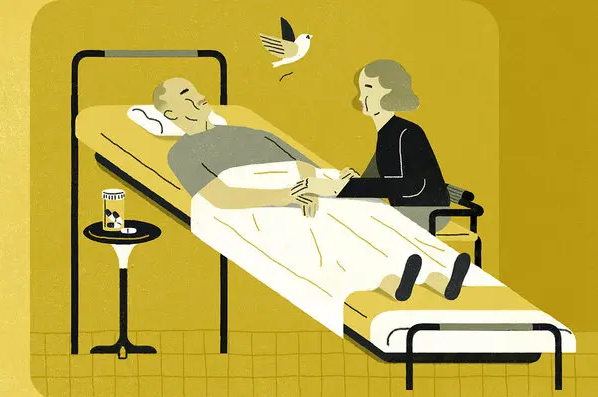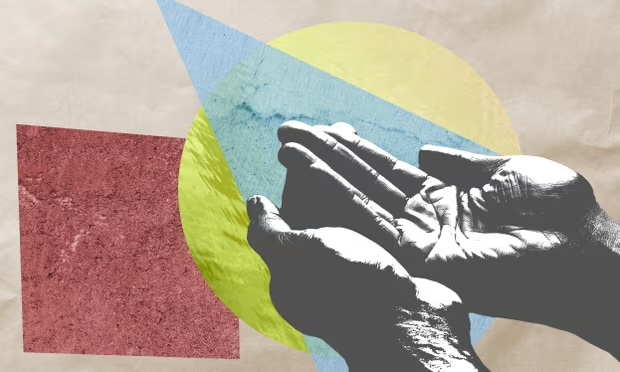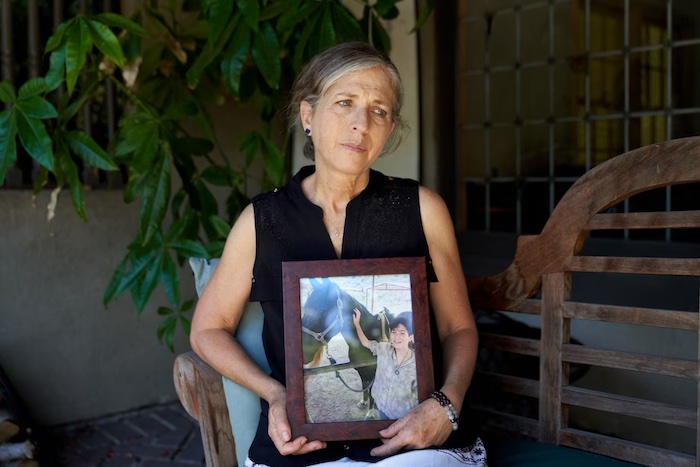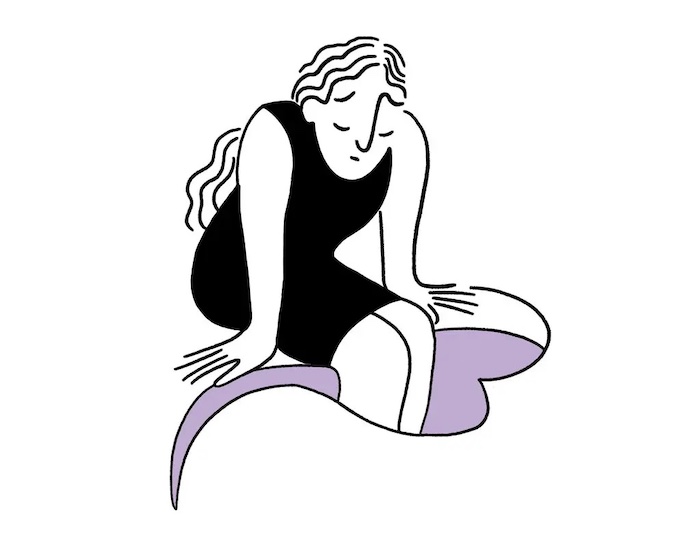— The silent generation speaking up on a quiet killer
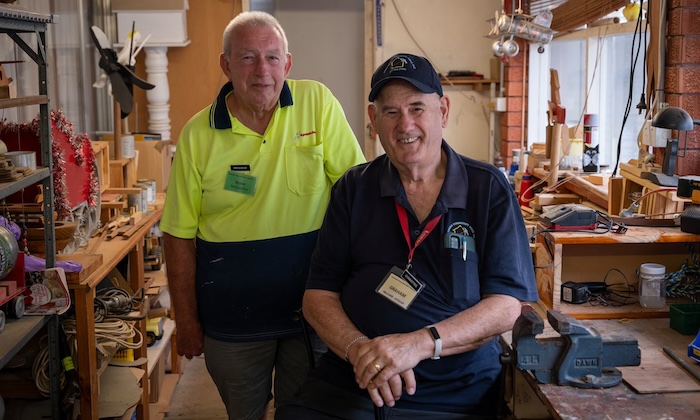
Over-85s have become the Australians most susceptible to suicide and a general lack of support is threatening to make the problem worse
By Kate Lyons
The age group most at risk of suicide may not be the one you expect.
The highest rate of suicide in Australia, for both men and women, is among people over 85, at 32.7 deaths per 100,000 for men and 10.6 deaths for women, respectively.
The global picture is similar. People over the age of 70 kill themselves at nearly three times the rate of the general population. Suicide attempts are also more lethal among older people, with US data showing that about one in four suicide attempts of older people result in death, compared with one in 25 among the general population.
But even these numbers are likely to be underestimates, says Prof Diego De Leo, emeritus professor of psychiatry at Griffith University.
Unless the death of an older person is very clearly a suicide, it is not likely to be investigated, he says, and deaths relating to misuse of medication or even falls that may have been deliberate are often assumed to be the result of senility or frailty.
“It’s widely reported in literature that there’s much more interest in scrutinising the causes of death of a young body than of an old man,” he says.
Helen Bird, 73, from the inner west in Sydney, believes her grandmother’s death fits in this category.
In 1985, Bird got a call to say that her grandmother Olive, 82, had been found in her nursing home room in Hobart with a serious head injury after falling. She died in hospital shortly after. Bird is convinced her grandmother’s death was suicide, knowing that her grandmother had been depressed and had been stockpiling her medication.

“Nothing stacked up,” she said. “I’m a nurse. But nobody ever asked a question. It was a fall, no one questioned it. It was something that really nobody wanted to hear about.
“It’s something that’s always been with me, with great sorrow really,” Bird says. “She felt, I suspect, there was just nothing more to live for, and that’s really, really sad.”
De Leo says there are very different assumptions around suicide for younger and older people. While suicide by a young person is treated as a tragedy and a mystery, an older person’s suicide is often seen as a rational decision.
“It’s this assumption: ‘he was making a balance between pros and cons in life and he discovered the cons were more than pros and he decided then to exit life’, it’s a rational balance,” he says.
Dr Rod McKay, a psychiatrist with a clinical practice focusing on older people, says it is sometimes assumed that someone dying through suicide later in life has less impact on people.
“Someone dying through suicide later in life does have a different impact on those who know them, but it’s not lesser,” he says.
Both McKay and De Leo are keen to draw a distinction between suicide among older people who are depressed and voluntary assisted dying (VAD), which is now legal in every state in Australia under tight restrictions.
“If someone comes to me and says ‘I want to die because I’m depressed and I see no solution to my depression’, well, as a physician I have to do my maximum best to intervene and try to improve the depression of this person, and I can,” says De Leo. “But [if someone comes with] chronic pain, chronic suffering, no hopes for improvement and inevitability of a progression of the suffering … then I feel different.”
McKay says well-meaning attempts to respect individual choices in regard to VAD, may have meant that physicians have not been proactive in referring older people for treatment of depression.
“That debate and the sensitivities everyone is feeling about trying to act respectfully, risks not identifying or investigating depression or reversible factors to the degree that we might,” he says.
A lifeline for men
Men die by suicide at much higher rates than women across all age groups. Among older men, loss of purpose and identity after retirement, weaker connections to children and grandchildren and to social networks can all be factors.
“We’ve never had anyone here who has taken their own life, or entertained that, that I know of,” says Bruce McLauchlan, president of the Peninsula Community Men’s Shed in Ettalong, an hour and a half’s drive north of Sydney, knocking on a wooden work bench. “Maybe, we hope, it’s the contribution of our shed that helps.
“We look for these things: a person who was lively and talkative goes quiet, then we say: ‘Mate, everything OK with you? Anything we can help with?’. Because we are a family,” McLauchlan says.
The Ettalong group, part of the global men’s shed movement, opens its metalworking and woodworking sheds three mornings a week. On a rainy Thursday, the men are just finishing their monthly barbecue lunch, which is sponsored by a local funeral home.
“It’s publicity for them,” laughs Graham Checkley, 84, a retired Baptist minister who is the group’s welfare officer. “We go to a lot of wakes.”
The group is a lifeline for a lot of men, especially after retirement or bereavement. McLauchlan started coming 12 years ago after his wife died. “The men’s shed helps me manage my grief. Otherwise, I’d be sitting at home watching TV all day.”
Garrick Hooper, 73, started coming three years ago after he retired as a taxi driver, and is still coming, “much to my amazement”.
“I always knew about it and I thought: ‘I’ll be avoiding that like the plague, I’m meaningfully employed.’ And then there comes a time that you’re not and you become officially elderly,” Hooper says. “When you retire, you’ve got to redefine yourself, and that’s just how it is.”

McKay says this sort of social intervention is incredibly important, and older people have far more resilience than they are often given credit for.
“The vast majority of older people don’t feel as old as other people view them as,” he says. “We look at older people, including older people with lots of problems and say ‘I couldn’t cope with that’. Whereas most older people cope well … so we project that on to them.”
Studies show psychological wellbeing actually improves into older age, though depression goes up again in the over-85 age group.
When that happens, McKay says, social interventions are not enough.
“Older people have extremely low access to psychological treatments, the lowest of any age group,” he says.
This can be as a result of unconscious ageism among medical professionals and a sort of therapeutic nihilism that sees depression as an inevitable part of old age and not something that can be treated.
When older people do receive treatment for depression, it can make a huge difference.
“We know that when you look at things clinically, if there is mental illness there, the likelihood of response to treatment is similar to younger people,” McKay says. “There are a lot of social factors that can be addressed, sometimes there are simple medical factors that can be addressed that can make a huge difference in whether someone sees suicide as an option or not.
“It continues to amaze me sometimes when I meet people and see how poor their quality of life is and then with a good review from a geriatrician or a GP who has the time to do it – and it does take time – just the improvement they can have in their quality of life.”
Complete Article ↪HERE↩!

